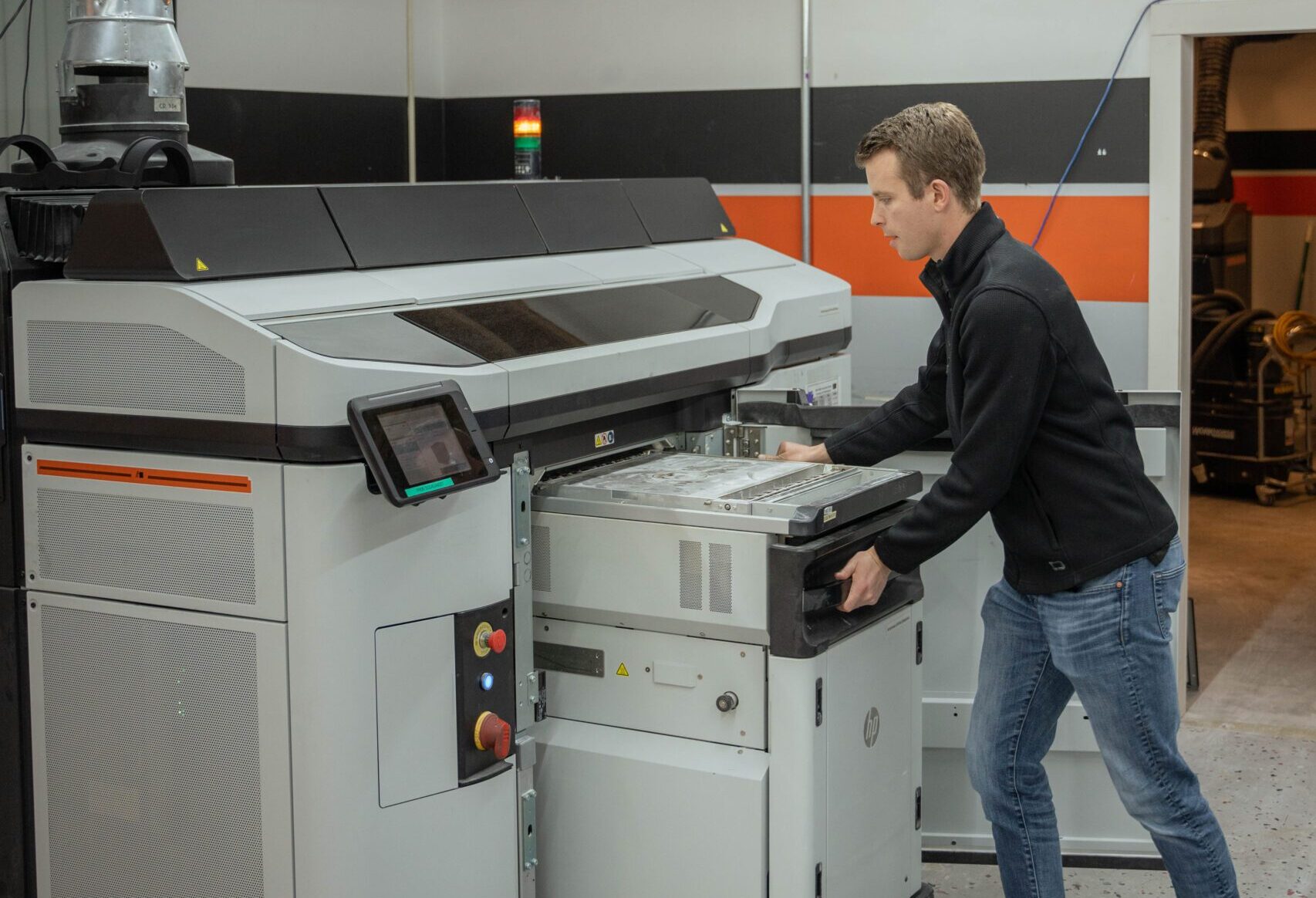3D printing has taken the world by storm, revolutionizing manufacturing and design. From creating prosthetics to building houses, 3D printing’s applications are seemingly endless. But what exactly goes into running a 3D printing company? What are the challenges and advantages these businesses face?
The Components of a 3D Printing Company
Hardware: This is the heart of any 3D printing company, encompassing the actual printers themselves. Companies can choose from a wide range of printers, each with its own capabilities and limitations.
Software: Design software is essential for creating 3D models, while slicing software prepares the models for printing. Additionally, companies may need software for managing printers, orders, and inventory.
Materials: 3D printing companies use a variety of materials, including plastics, metals, and even concrete. The choice of material depends on the desired properties of the printed object. Our Materials >>
Expertise: 3D printing requires a team with expertise in various areas, such as design, engineering, and materials science. Our 3D Design Services >>
Customer service: Building strong relationships with customers is crucial for any business, and 3D printing companies are no exception. They need to be able to understand customer needs and provide them with the support they need.
Challenges of a 3D Printing Company
High initial investment: The cost of 3D printers and other equipment can be high, especially for industrial-grade machines.
Competition: The 3D printing industry is becoming increasingly competitive, with new companies emerging all the time.
Technology changes: 3D printing technology is constantly evolving, so companies need to be able to adapt to stay ahead of the curve.
Material limitations: Not all materials can be 3D printed, and even those that can may have limitations in terms of strength, flexibility, and other properties.
Quality control: Ensuring the quality of 3D printed parts can be challenging, as the process can be susceptible to variations.
Advantages of a 3D Printing Company
Customization: 3D printing allows for a high degree of customization, which can be a major advantage for businesses that need to create unique products.
Prototyping: 3D printing is a fast and affordable way to create prototypes, which can help businesses get products to market faster.
Short lead times: 3D printing can significantly reduce lead times compared to traditional manufacturing methods.
Inventory reduction: 3D printing can help businesses reduce inventory costs by printing parts on demand.
Sustainability: 3D printing can be more sustainable than traditional manufacturing methods, as it can reduce waste and energy consumption.
The Future of 3D Printing
The future of 3D printing is bright. As technology continues to advance, the possibilities for 3D printing will only grow. Companies that can overcome the challenges and capitalize on the advantages of 3D printing will be well-positioned for success in this exciting industry.
I hope this blog post has given you a better understanding of what it takes to run a 3D printing company. If you are interested in learning more about 3D printing, please visit our website or contact us today.

0 Comments